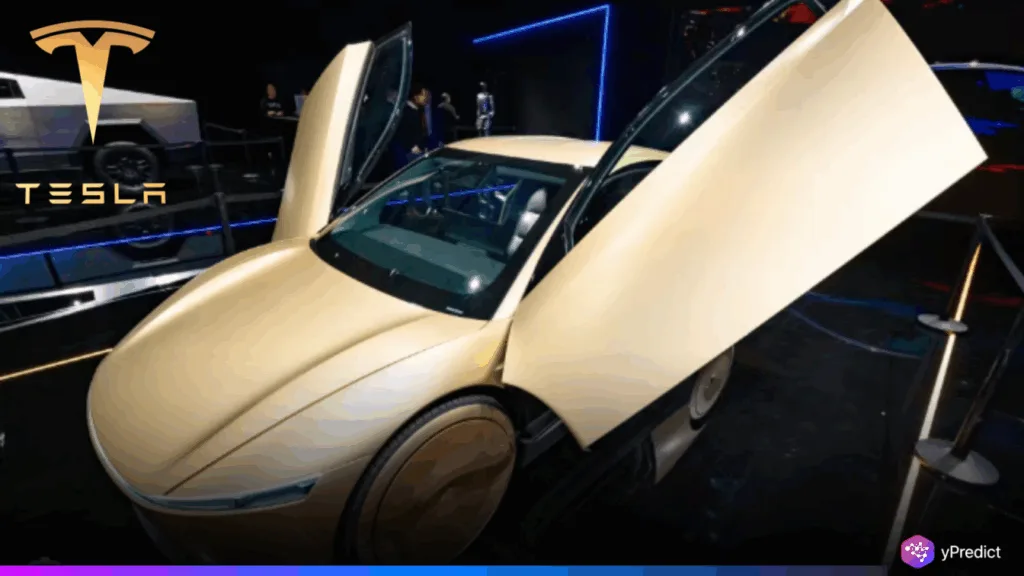
Tesla has launched its first driverless robotaxis in Austin, Texas, using modified Model Y vehicles under close monitoring. This small-scale rollout includes safety operators, remote teleoperation, and pre-selected pro-Tesla passengers. Tesla CEO Elon Musk asserts that by the end of 2026, the company will ramp up its autonomous vehicles to the millions, and others should not expect such a quick achievement. Tesla does not rely on radar and lidar, which competitor Waymo does, and instead uses cameras and AI only. It is the nature of the company, using AI in its operations, that creates a challenge, specifically, educating cars on how to deal with the complexity of real-life traffic scenarios, which will take time to engage on a larger scale.
Experts Warn of the Long Road Ahead for Tesla’s AI Approach
While Tesla touts its robotaxi launch as a leap forward, autonomous driving experts are skeptical about its AI-only approach. Carnegie Mellon’s Philip Koopman warns that handling “edge cases” in traffic, rare but critical scenarios, requires extensive training and time. Waymo, Google’s self-driving subsidiary, has taken over a decade to build a modest fleet and refine its safety model. Tesla’s decision to avoid lidar and radar puts more pressure on its AI systems to make precise, real-time decisions using camera data alone. Tesla’s Austin trial avoided bad weather and featured handpicked participants.
Critics, like Waymo’s former CEO John Krafcik, say this reveals Tesla’s tech isn’t ready for mass deployment. Legal scrutiny is mounting too. The U.S. government is investigating crashes tied to Tesla’s Full Self-Driving (FSD) system, especially in inclement weather. Elon Musk insists the robotaxi software update is minimal, and all new Teslas are capable of full autonomy. But some early rides in Austin included questionable decisions, like one instance where a vehicle drove in the wrong lane for several seconds. Analysts say Tesla’s scale and software update model could give it an edge. But others worry its aggressive timeline could backfire, damaging trust in AI-powered transportation.
Public Trust and Regulatory Risks Shadow Tesla’s Rapid Push
Tesla’s AI-heavy strategy could disrupt its own progress if it undercuts public confidence. The company’s Full Self-Driving (FSD) software is already under federal investigation for links to multiple accidents. Critics argue Tesla’s decision to roll out robotaxis without hardware redundancy, like lidar, amplifies risk. One incident in Austin saw a robotaxi mistakenly drive into the wrong lane at an intersection for several seconds, highlighting ongoing limitations in the software.
Tesla claims that all new automobiles can drive without supervision thanks to an update in software, which is disputable. Greater regulatory scrutiny may result, particularly where a future incident involves the pedestrian or vulnerable road user, such as children around schools or those with disabilities. To take an example, Reuters reported an instance when a robotaxi was rushing through a deaf school when there was a sign telling them to be careful.
Experts like Bryant Walker Smith suggest Tesla is still far from achieving Musk’s vision of millions of autonomous Teslas. Smith likened the Austin test to “going to Cleveland,” while Musk claims he’s headed for Mars. The concern is that Tesla’s “go-fast” model may damage the broader AV industry by pushing technology that hasn’t proven its reliability at scale. Trust in AI-powered driving will hinge not on bold claims but consistent, verifiable safety.
Can Tesla’s AI-Centric Robotaxi Vision Beat the Clock?
Tesla’s push to scale robotaxis globally within a year hinges on the performance of its camera-only, AI-powered system. While its ability to mass-manufacture and update software remotely offers advantages, experts remain unconvinced that Tesla can match the decade-long development of rivals like Waymo in such a short time. Early test rides in Austin reveal promising progress but also flaws, raising flags about readiness. If Tesla’s approach results in missteps, it could slow public acceptance of AI-driven transport. Ultimately, success depends on whether AI systems can safely handle unpredictable real-world driving at scale without the hardware crutches its competitors still rely on.






